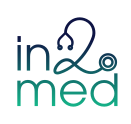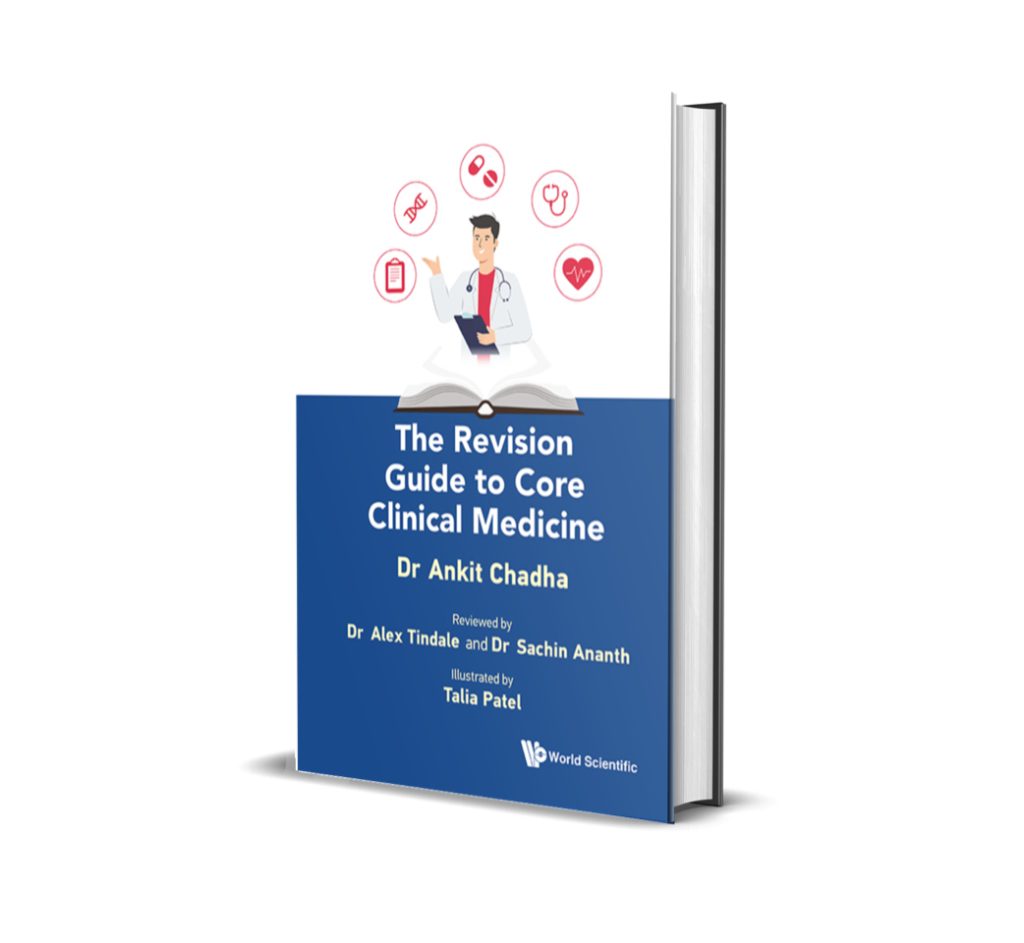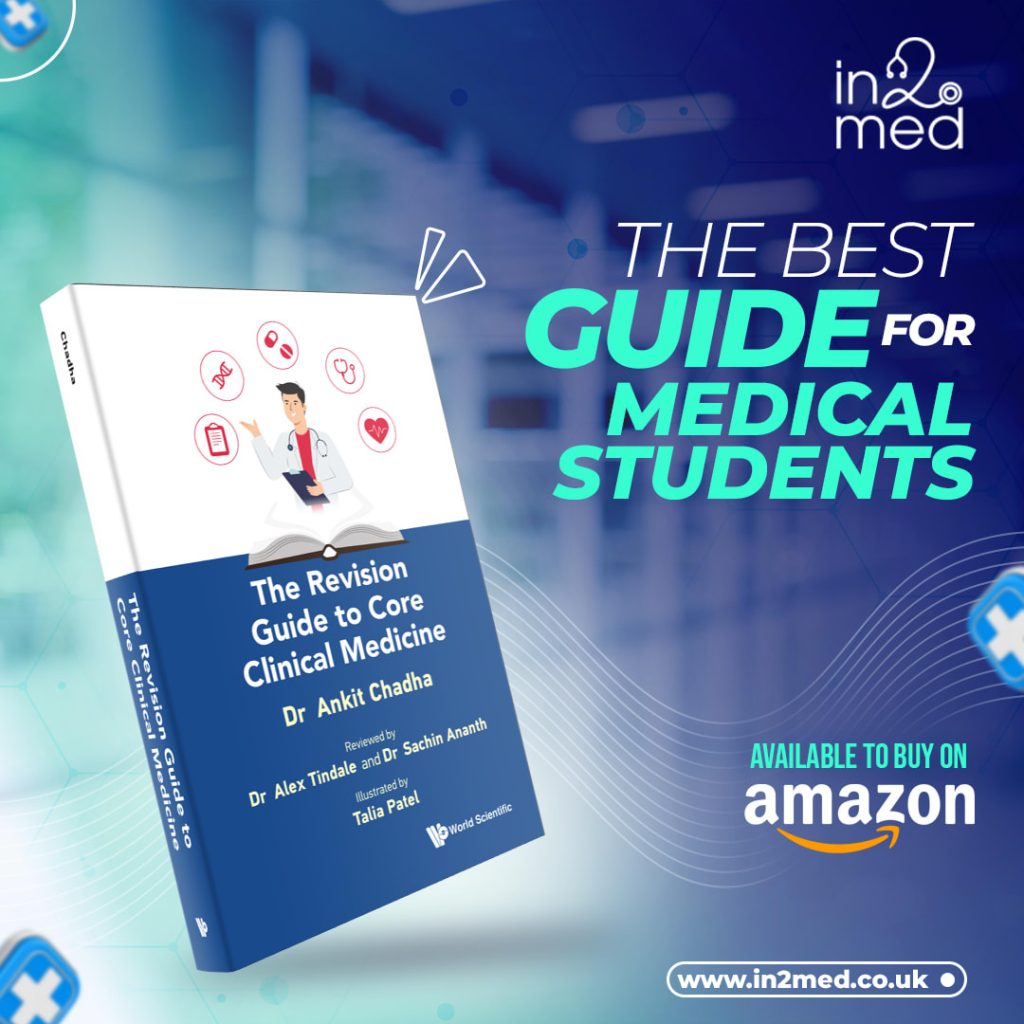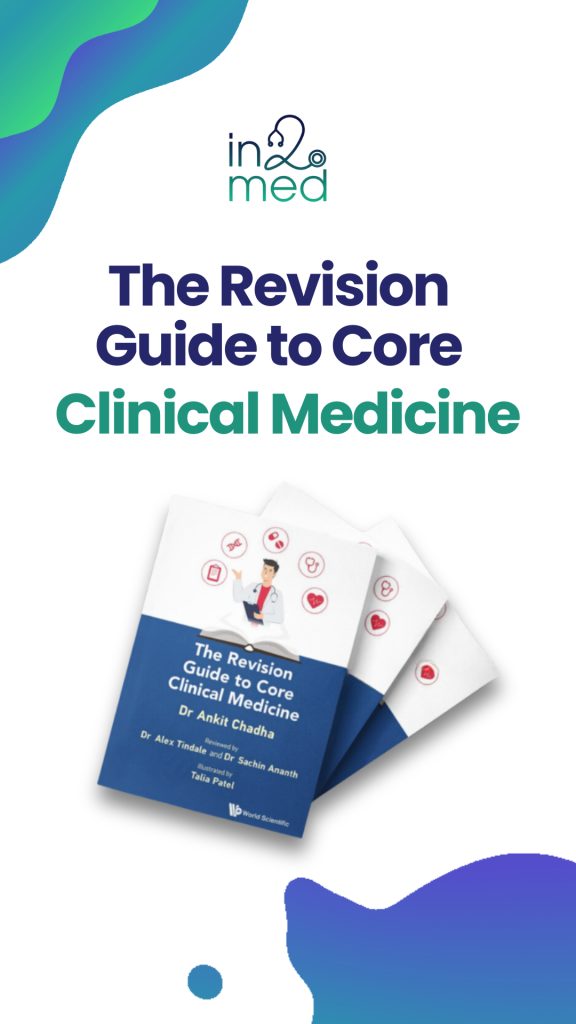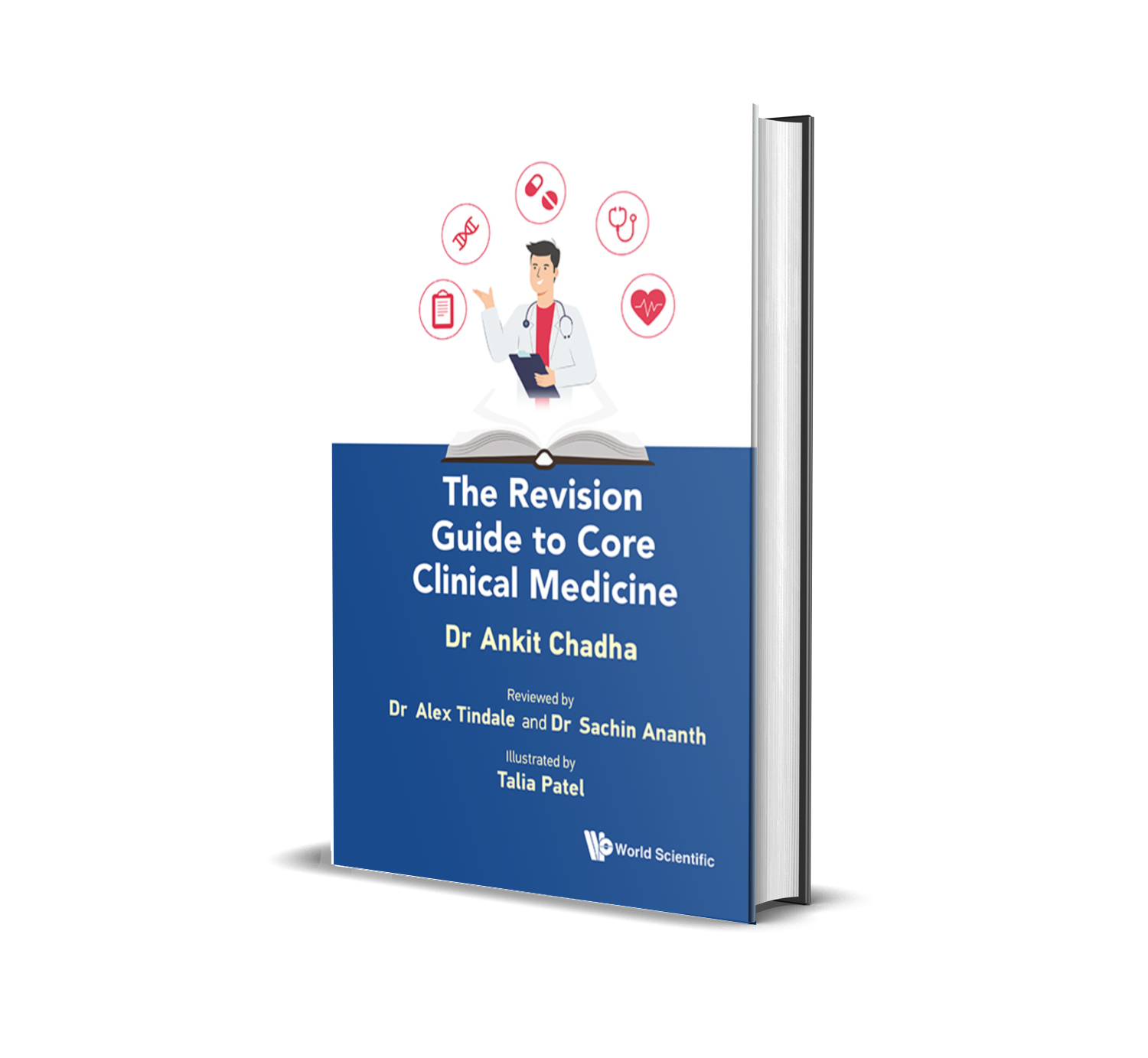Anti-Arrythmics
Anti-arrhythmic drugs are categorised by their effects on the cardiac action potential, rather than the type of drug itself.
Class I
Class I drugs bind to voltage gated Na+ channels. They have increased affinity either for the activated or inactivated state of the channel.
Class IA
These drugs block active Na+ channels, thereby increasing the action potential duration, the effective refractory period and the duration of the QT interval.
Procainamide
This is a class IA anti-arrythmic.
Quinidine
This is used for rhythm control in SVT as it maintains sinus rhythm.
It is also used for ventricular arrhythmias and the treatment of malaria (similar to quinine).
Class IB – Lidocaine, mexiletine
These drugs have a higher affinity for the inactivated state of the Na+ channel.
They lengthen the refractory period duration in cardiac cells.
As they bind the inactivated state, they have more action in depolarised cells where many sodium channels will be in the refractory period.
This is found in areas affected by myocardial infarction, meaning they can prevent premature beats in this more excitable tissue.
They are therefore used for preventing ventricular arrhythmias in MI patients.
Lidocaine is one of the least cardiotoxic anti-arrhythmics.
Lidocaine is given intravenously and mexiletine orally.
Class IC – Flecainide, propafenone
These agents block all morphological forms of the voltage-gated sodium channel.
They cause widening of the QRS complex and prolongation of the PR interval.
They significantly prolong the action potential at the AV node.
They need to be used carefully as they are also pro-arrhythmic.
Flecainide
This is used to treat AV nodal reciprocating tachycardia.
It can be used to manage arrhythmias associated with an accessory pathway, such as Wolff-Parkinson-White syndrome.
Used for chemical cardioversion in atrial fibrillation patients without LV dysfunction.
Side effects
Pro-arrhythmic effects
Asthenia
Visual disturbances
Contraindications
- LV dysfunction, heart failure
- Significant valve disease
- 2nd or 3rd degree heart block, bundle branch block
Class II
Beta-blockers – Propranolol, bisoprolol
These act by inhibiting sympathetic stimulation to the heart, slowing the heart rate.
They are used as rate control to decrease the heart rate in atrial fibrillation.
They prevent tachyarrhythmias in tissue with increased excitability, e.g., after MI.
They can prevent tachyarrhythmias due to conditions which increase sympathetic activity, e.g., hyperthyroidism.
Side effects
Bronchoconstriction
Fatigue
Sleep disturbances/nightmares
Coldness of extremities
Impotence
Decreased hypoglycaemia awareness
Class III
Amiodarone
This blocks the outward K+ current which inhibits repolarisation.
It also has class I actions by blocking inward Na+ currents and limited class II actions.
It has a very long half-life and is the most commonly prescribed anti-arrhythmic and the first-line drug in ventricular arrhythmias.
It is also used as pharmacological cardioversion (rhythm control) in atrial fibrillation.
Side effects
Corneal microdeposits [EYE]
Hypo/hyperthyroidism (as made of iodine) [THYROID]
Lengthens QT interval, transient fall in BP with IV use [HEART]
Lower lobe pulmonary fibrosis [LUNGS]
Liver fibrosis/hepatitis [LIVER]
Constipation, vomiting, altered taste [GI TRACT]
Sleep disorders, movement disorders [NEURO]
Blue/grey skin deposits (grey-man syndrome), photosensitivity reaction [SKIN]
Thrombophlebitis –> hence given into central veins [VEINS]
CYP450 enzyme inhibitor so enhances effect of warfarin + increases digoxin levels [ENZYMES]
Due to these effects, it is important to constantly monitor patients:
– Before starting treatment –> check TFTs, LFTs, serum K+ and CXR
– Then every 6 months –> check TFTs + LFTs
Sotalol
This is a non-selective β-adrenoceptor antagonist that also has class III actions.
It is used in the management of SVT and ventricular tachycardia.
Side effects
Associated with QT interval lengthening leading to torsade de pointes
Class IV
Calcium channel blockers – Verapamil, diltiazem
These are cardioselective L-type calcium channel blockers, which act primarily in nodal tissue due to their high use dependence.
They prolong nodal conduction and the refractory period, slowing the heart rate.
They are commonly used for rate control in atrial fibrillation.
Side effects
Sinus bradycardia (transient asystole) – reversed by atropine
Hypotension
Ankle swelling
Constipation (verapamil)
Class V
Adenosine
Adenosine binds P1 receptors which are Gi coupled. This leads to hyperpolarisation of the AV node which causes a transient heart block that slows the heart rate.
It is used for treating supraventricular tachycardias and has a half-life of 8 seconds.
It is contraindicated in asthma as can cause bronchospasm.
Side effects
Arrhythmia (can cause severe bradycardia and asystole)
Chest pain/discomfort and a bad feeling of apprehension
Contraindicated in asthma as can cause bronchospasm
Other anti-arrhythmics
Digoxin
Digoxin also increases vagal activity which helps to slow the heart down.
It can be used in rate control for atrial fibrillation as well as heart failure.
Atropine
This is a muscarinic antagonist which blocks the parasympathetic effects of Ach.
It shifts the balance towards the sympathetic nervous system.
It is used first line to increase heart rate in bradycardia and Ca2+-blocker overdose.
Disclaimer
